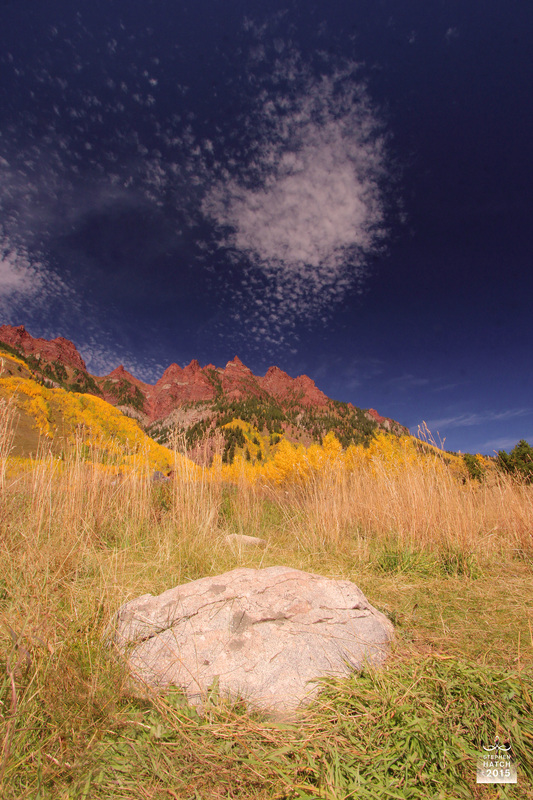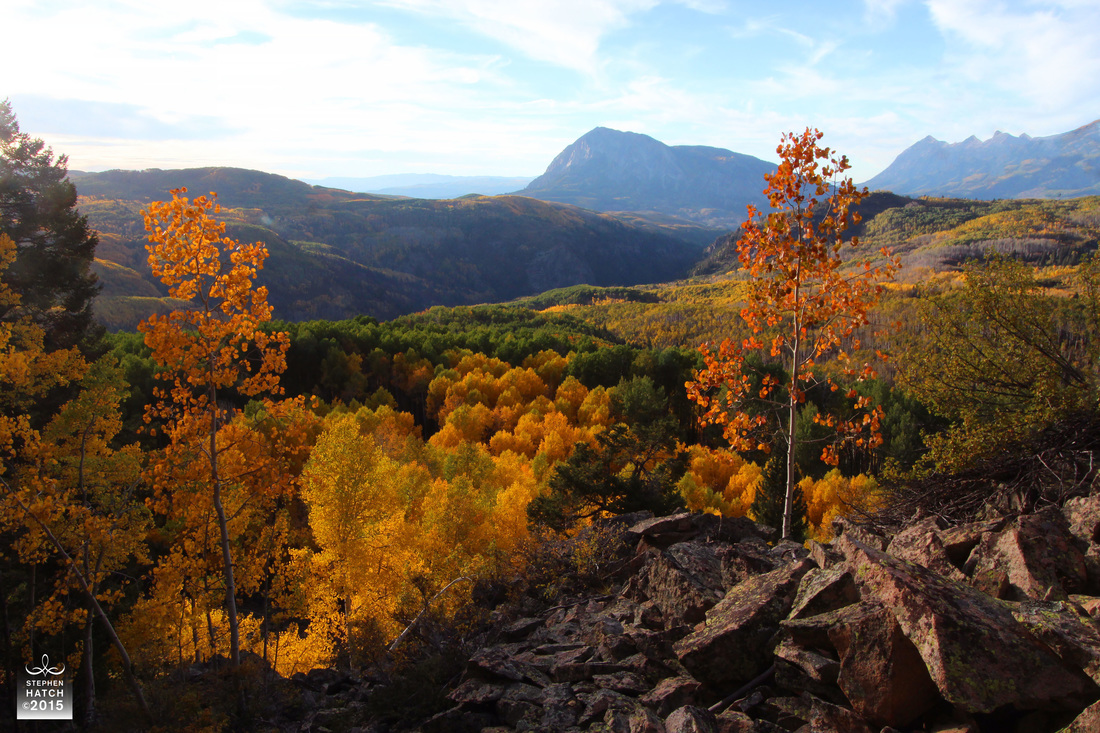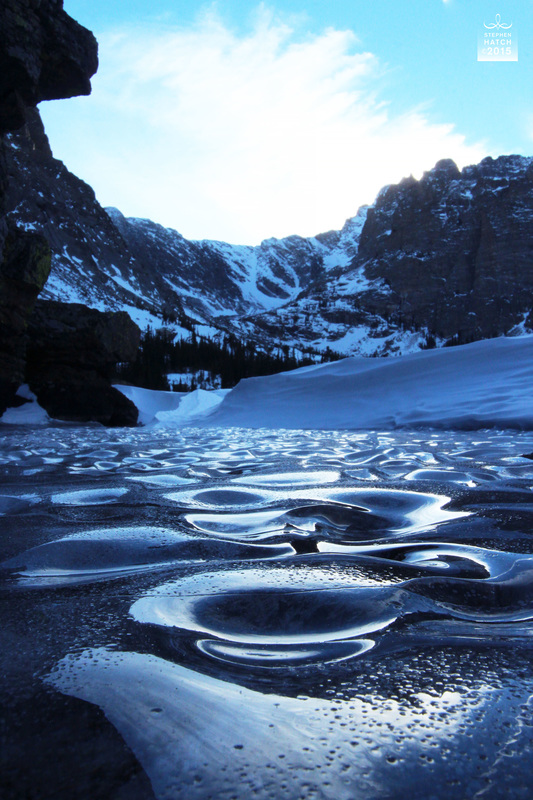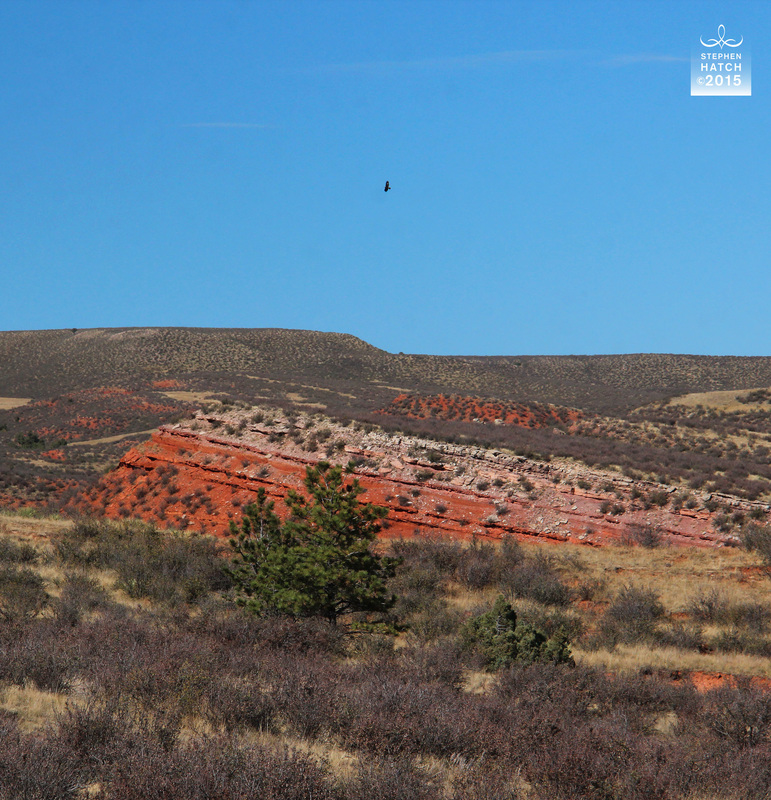|
"How do you inspire respect for something? By giving thanks, by doing it. We have to do that. We have to be thankful. Two things were told to us: to be thankful, so those are our ceremonies, ceremonies of thanksgiving. We built nations around it, and you can do that, too. And the other thing they said was enjoy life. That's a rule, a law - enjoy life - you're supposed to. I know you can only do as much as you can do and then when you do that, you're supposed to get outside and enjoy life. Don't take yourself so seriously." Chief Oren Lyons, Onondaga Nation Photo: Aspens and Marcellina Peak, near Kebler Pass, CO, September 26, 2015 http://www.resourcesforspiritualgrowth.com/
0 Comments
This day, let us be especially thankful for the indigenous nations who inhabit this land.11/25/2015 "It's very important that we be connected to the elements as a human race. As a Native person, I am connected to these things, because I can hear their voices, coming from all these elements. I hear all their songs and everything else. I'm asking each thing to continue on in a good way. I have to DO something so that all this continues on. In order to connect with all these things, our forefathers had to have ceremony and pray. That was our duty. I think everyone is now coming back to realize that the Indian people have the authority to talk about the right way to care for the earth. I talk to rocks in my prayers. I ask the rocks, 'Make sure that you ARE in such a way that we hear from you. Make your voices heard, make sure that I hear what you're saying . Mountain, make sure the water comes out clean from you. And now I ask you, today, Mountain, to continue to have a voice, to have songs.' "If the mountain doesn't have a voice, then we as a people are not going to have a voice pretty quick. The mountain is where the people are, the little people up there, the mountain people, as we call them, or the rock people - they're up there listening to us. They're the ones we have to pray to; they're the ones who take care of the mountain. We have to ask what's out there, the rocks, the land, the living things, to unite together; everything has to work together. "Long ago, the land, the mountain, used to have more voice, a clearer voice, clearer than it is today. The land, the rocks, they used to continue to tell us over and over again to take care of them, and to ask us to do those things. But today, we're lost, and I think its's the reason we're not concerned with anything; we just look at a mountain as if it's just there, nothing more. But the mountain's got a life to it. Everything's got a spirit, the mountain's got a spirit, and all the living things on the mountain have got a spirit. It's one of the reasons why their voice is not clear and loud anymore - because we haven't been taking care of them." Corbin Harney, Western Shoshone Elder This day, let us be especially thankful for the indigenous nations who inhabit this land. Let us remember that it is they who - for countless generations - have blessed the earth, air, fire and water through their prayers and ceremonies, and through a continuous attitude of gratefulness. We STILL need those prayers and ceremonies if any of us are to survive the devastating onslaughts of the corporate-industrial system. Indigenous peoples have put up with a lot over the centuries, but - fortunately, for the sake of the Earth and all of her inhabitants - they are still here. May you and your families be blessed in a special way this day and in the coming decades. Photo: Aspen trees and peaks of the Ruby Range near Kebler Pass, CO, September 26, 2015 http://www.resourcesforspiritualgrowth.com/ For us artist types, gratefulness is often linked to our ability to perceive beauty. If we are proficient at recognizing the loveliness of any given thing, gratefulness arises as a natural consequence. However, sometimes we seem unresponsive and incapable of finding the beauty of a particular setting. What then? As a landscape photographer, I'm well aware of the fact that although my eye may be able to pick out the elements in a setting that are stunningly beautiful, the camera - as a rather clumsy and ineffective device when compared to the eye - oftentimes cannot. It is during these times that I CAN find fresh beauty if I simply change my perspective! In the case of my hike up to a subalpine lake the other day, the lighting was less than ideal for taking pictures of the surrounding peaks. However, when I got down on my hands and knees and began shooting the intricate ice patterns of the frozen lake - backlit by a sun that had already set - beauty was suddenly present all around me! The same principle applies to everyday life. Changing our perspective is everything! Photo: Ice patterns on The Loch, Rocky Mountain National Park, CO, November 23, 2015 http://www.resourcesforspiritualgrowth.com/ Thankfulness is not a kind of overcoat, to be worn and then shed one day a year. Rather, it is the very essence of a spiritual approach to life. A grateful attitude seeks continually to uncover the goodness lurking inside the difficult and homely aspects of the world, and the deeper reality hiding within those things that are obviously beautiful. For our appreciation of light, color, curve and form acts as a kind of slingshot propelling us endlessly toward the innermost meaning of Life. Photo: Ruddy peaks, Aspen trees and a boulder near Maroon Lake, Maroon Bells - Snowmass Wilderness, CO, September 27, 2015 http://www.resourcesforspiritualgrowth.com/ Whenever I prepare to teach Contemplative Christianity at the university level I am quite aware of the challenge I am facing. Many Millennial Generation seekers are, quite frankly, disgusted with the usual depiction of Jesus they are force-fed by our culture. It's the guilt-ridden, judgmental, bigoted, imperialistic, dualistic, I'm-divine-and-you're-not image they are rightfully rebelling against, and the one I am responsible for helping to counteract. For me, Christ is not very often an object of reflection or adoration that I can adequately speak about. Rather, he is a humbly hidden light of love shining from within my heart and highlighting the native beauty of all things, enabling them to glow in all of their glory. Never caring to be acknowledged, this kind of Christ simply listens others into greater awareness of their own sacredness. If God - The Great Mystery, The Beloved, Tunkasila, Dharmakaya, Brahman, Allah, Yahweh - is the vast SKY upon which things are able to appear and glow in all of their innate beauty, then Christ is the warm, GOLDEN HUE of that same sky at sunrise and sunset - one that enables them to reveal their own correspondingly golden, heartful warmth. Perhaps the Buddha is the cool blue hue of that sky, allowing things to reveal their calm, azure-like identity, while Rumi and other Sufi saints are the reddish hue, Indigenous elders are a kind of greenish hue, and so on. In any case, this humble self-emptying Christ is the one I intend to embody, not in order to make people into Christians (for Jesus himself was not a Christian) but rather to enable them to be and to become THEIR OWN TRUE AND SACRED SELF. Photo: Aspen trees and Marcellina Peak, near Kebler Pass, CO, September 26, 2015 http://www.resourcesforspiritualgrowth.com/ "When you enter into a sacred relationship with nature, qualities of the elements awaken within you, and you discover and connect with your genuine self." Tenzin Wangyal Rinpoche Photo: Mountain-ash bushes and Aspen trees near Kebler Pass, CO, September 26, 2015 http://www.resourcesforspiritualgrowth.com/ "I have known many sorrows in my life, most of which never happened." Commonly attributed to Mark Twain These words kept cycling around and around in my mind today as I crawled across the lake ice on all fours, taking pictures of the frozen "waves." Photo: Ice patterns on The Loch, Rocky Mountain National Park, CO, November 23, 2015 http://www.resourcesforspiritualgrowth.com/ "God writes straight with crooked lines." Attributed to St. Teresa of Avila Photo: Ice "waves" on The Loch, Rocky Mountain National Park, CO, November 23, 2015 http://www.resourcesforspiritualgrowth.com/ "Respect for an element and its spirit helps you awaken the essence of that element within you."11/23/2015 "Like many indigenous cultures, the Tibetans consider the forces of nature to be alive with unseen beings. To Tibetans, cultivating a relationship with the spirit of a tree or rock or stream is no less important than honoring human relationships. When you connect with the liveliness in nature, you are not lonely. Relaxing in front of a fire and feeling its warmth, you become aware of the spirit of the fire. Sitting by a river, you can form a relationship with the water spirits. Developing a deeper level of closeness, communication, and respect for an element and its spirit helps you awaken the essence of that element within you." Tenzin Wangyal Rinpoche Tibetan spiritual teacher Photo: Red-tailed Hawk, ruddy formation and Ponderosa Pines, Red Mountain Open Space, Larimer County, CO http://www.resourcesforspiritualgrowth.com/ "Making a date with the elements is something anyone can do, yet few people think of doing it. It is a matter of finding the time and place to be with the elements and feel their liveliness. When making a date with nature, you can be assured that, unlike some of your friends and relatives, nature will not judge you, try to convince you of anything, or expect anything of you. To make the connection, all that is required of you is to be still within yourself, silence your internal chatter, and open your heart. If you can rest in stillness, silence, and spaciousness, you will be open to receiving what nature has to offer." Tenzin Wangyal Rinpoche Tibetan teacher Photo: Oak leaf, willows and cottonwoods, Watson Lake with Bellvue Dome, Bellvue, CO http://www.resourcesforspiritualgrowth.com/ |
AuthorStephen Hatch, M.A. is a spiritual teacher and photographer from Fort Collins, Colorado. His approach is contemplative, inter-spiritual, and Earth-based. Archives
June 2016
Categories |










 RSS Feed
RSS Feed
